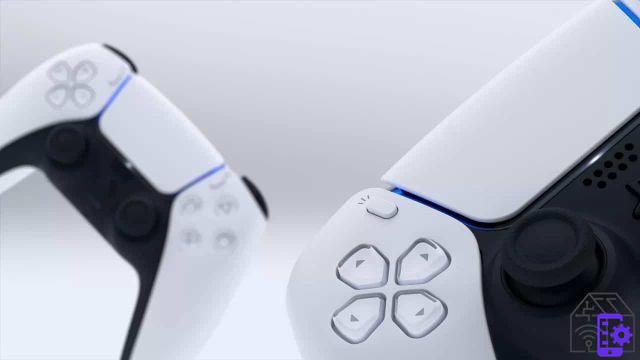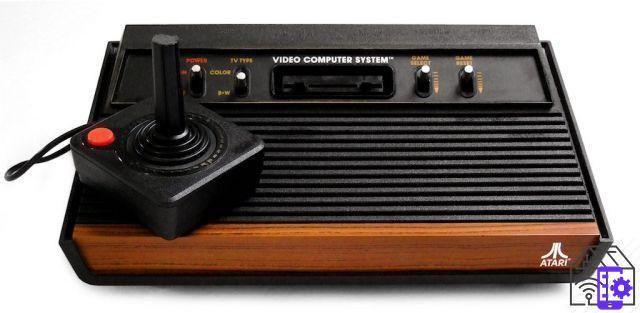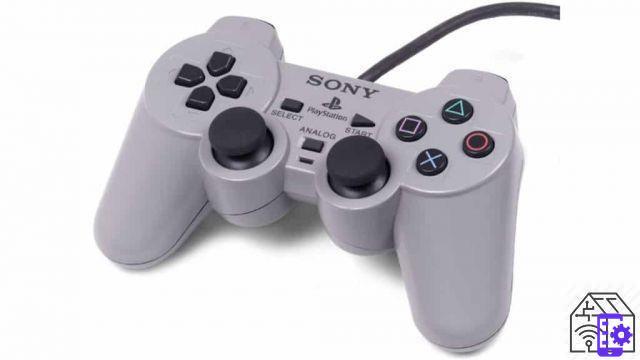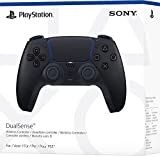
In these days - as in all those before, on the other hand - we have heard a lot about Sony and the possible decision to increase the production of PlayStation 4 to make up for the shortage of the PS5. A news that has run very fast, even if it has not been confirmed by the company. Yet all this talking gave us an intuition. Why not make it the controller the protagonist of the column "How has it changed"? After all, Sony's DualSense represented an important evolution in the gaming sector. And we love to trace the history of everyday objects in our Monday column. Few talk, then. Let's delve into the history of the controller.
The history of the controller: where it all began
Let's face it: the launch of the PlayStation in 1994 revolutionized the gaming industry. But before Sony released its console, tons of engineers had been working to ensure a good gaming experience for users all over the world. First of all Ralph Baer, inventor of the Magnavox Odyssey, the first home console released on the market in 1972. In this same year, therefore, the history of the controller begins. To allow gamers to have fun, Baer had thought of equipping the console with two rectangular-shaped controllers. Each of these was accompanied by two knobs to manage the gameplay, placed respectively on the right and left side. In the center, however, stood a "Reset" button, which allowed players to reset the game to default settings.

Fortunately, however, the management of the game through a knob did not last long. Just five years, to be exact. In fact, in 1977, theAtari 2600, the console that brings with it the first real joystick in history. Baer's knob is replaced by a lever, making the gaming experience more practical and simple. An intuition borrowed from the world of aeronautics, where a joystick control system was introduced at the beginning of the twentieth century. However, this design will change again over the course of the controller's history. In fact, in 1983, the Famicom from Nintendo, which introduces a rectangular-shaped gamepad, equipped with two buttons and a directional cross, which from this moment on became the distinctive element of the controllers of all consoles in history. Just a decade later, everything changed with the launch of Sony's PlayStation.
The PlayStation controller revolution
On December 3, 1994, Sony launched its first PlayStation in Japan, a console that revolutionized the gaming world. The controller itself was nothing short of amazing, being equipped with 14 buttons: 4 directional arrows, 4 buttons with innovative icons, 2 functional keys and 4 backbones. A design conceived to greatly improve the gaming experience of users, thanks above all to the high number of possible combinations, which thus made it possible to better manage the actions of video game characters. But the real novelty of Sony's controller was undoubtedly represented by its symbolism. For the first time, in fact, a controller featured four buttons marked with triangle, circle, cross and square icons. An idea that Sony owes to Teiyu goto, well-known PlayStation designer, who at the time decided to associate a color and a meaning to each symbol.
Indeed, as he himself reported at the time of the launch of the console: “The triangle indicates the point of view; it was supposed to represent the direction of the boss and I assigned it the color green. The square symbolizes menus or documents and I decided to make it pink. Circle and cross represent yes and no respectively, I made them red and blue “. Each button, therefore, had its own meaning, which he has kept unchanged from 1994 until today. We can't say the same about the PlayStation controller design. As early as 1997, in fact, Sony added to its peripheral two levers that allowed users to manage gameplay with their thumbs, effectively introducing the distinction between mode analogue and digital control. Just a year later, then, he equipped the controller of the vibration function, which made the gaming experience even more real.

And that's not all. The history of Sony's controller, as you well know, is long and incredibly fascinating. In 2006, for example, with the launch of the PlayStation 3, the company decided to introduce a wireless controller. Just a year later, the peripheral is further improved, so much so win an Emmy for the development of peripherals and technological innovation of video game controllers. But there is still one step left before we get to His Majesty DualSense. In 2013 Sony released its DualShock 4, which actually improves the performance of the controller. But not only. Instead of the “Start” and “Select” buttons, it inserts i new "Option" and "Share", which testify how much the gaming world has changed. The "Share" button, for example, allows you to capture screenshots of the best moments of the game, and then share them on social networks. A detail that makes us reflect on how much the gaming experience has changed.
The multipurpose controller of the Nintendo Switch
While Sony has contributed to the history of the controller, it has certainly not been the only one. For its part, in fact, Nintendo has worked hard to fully exploit all the potential of the gaming peripheral. It has also done so by exploring new frontiers of the gaming experience. If you remember well, in 2006 the company surprised gamers by launching the Nintendo Wii, an innovative console in which the controller was in fact a motion sensor. A novelty compared to which Nintendo decided to take a step back just a few years later, when it launched the Wii U, equipped with a more traditional controller with spreaders and buttons. Still, the memory of the Wii peripheral was by no means a stand-alone experience in the company's production.
In 2017, with the launch of the Nintendo Switch, the controller becomes a sort of shapeshifter of the videogame sector. For those familiar with the console, it is quite clear what we mean. At the choice of the players, in fact, the controllers can be positioned on the sides of the Switch, making it a perfect portable console. Or, they can be joined together to form a single controller. Or, if you prefer, they can be detached from the main body and be used separately by two players, so as to expand the gaming experience. In short, if PlayStation and Sony have revolutionized the history of the controller, we certainly cannot say that Nintendo has not done the same. And it is from these companies, and from Microsoft, that we must expect new and interesting evolutions of the device. We do not yet know what the news will be, but we are ready to try them all.
Discount Sony PlayStation®5 - DualSense™ Wireless Controller...
Sony PlayStation®5 - DualSense™ Wireless Controller...
- Discover a deeper and more immersive gaming experience with the innovative PS5 controller, featuring feedback ...
- The DualSense wireless controller also includes an integrated microphone and "Create" button, which plug into ...
- Enjoy different levels of strength and tension as you interact with your gear and environment in games. From the...
 Microsoft Controller Wireless per Xbox, Nero Carbone +...
Microsoft Controller Wireless per Xbox, Nero Carbone +...
- Discover the design of the Xbox Wireless Controller, featuring sculpted surfaces and refined geometries for a ...
- Connect up to 8 Xbox Wireless Controllers at the same time and play together wirelessly on Windows 10 PC with ...
- Stay on target with the hybrid D-pad and textured grip on the triggers and back


























